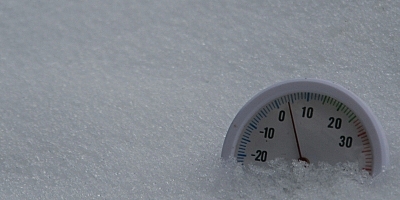
Like all the other fruit crops, blackberries also have their chilling requirements or their rest period, which differ among cultivars.
Chilling requirements are measured in chilling hours, and those vary from 50 hours for low-chill blackberry plants up to 900 hours.
In general, this is the amount of low temperatures needed by a plant to resume into normal growth the folowing spring.
Blackberry plants enter their chilling period in the autumn, when the air temperatures begin to drop below 10°C (50°F). In that time they start to drop leaves and their growth stops.
Primocane fruiting blackberries usually need less chilling than floricane type of blackberries.
What is the optimal temperature for winter chilling?
Blackberries are chilling in a temperature range beweeen 0-10°C (32-50°F), where the most efficent temperature at which the blackberry plant recieves chilling is 7°C (45°F).
Temperatures which are lower than 0°C (32°F) usually contribute little or nothing to the actual chilling period being recieved by the blackberries.
Temperatures which are higher than 21°C (75°F) for 4 or more hours, negate chilling period recieved in the previous 24-36 hours.
How to break the chilling period of blackberries?
Simple, just expose the blackberry plant to natural spring conditions, or in some cases, hydrogen cyanamide can be used.
But bringing your blackberries to a temperature above 10°C (50°F) is the best option, since it will slowly start to wake up from its winter chilling period.
What happens after the chilling requiremnts have been met?
After the chilling requirements have been met, and the blackberry plant is exposed to higher temperatures, carbohydrates starts to move up from the roots to the canes, then the bud break occurs and new growth of blackberries starts.
Why is the chilling period needed for blackberries?
Chilling period is needed for proper growth of blackberry plants, and most important, for proper flower bud development and later fruiting, so the yield can be as optimal as possible.